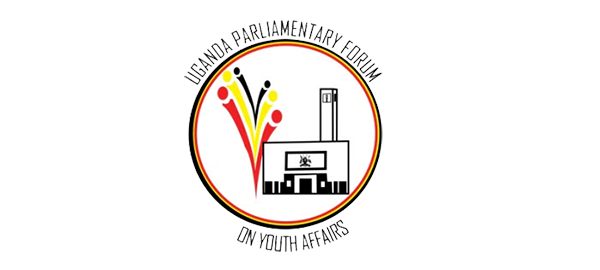How to prepare your people and business for sustainable growth featured
Most people want to be part of an organisation that makes continual strides towards a set of clear, sustainable goals. Easier said than done, though.
Growth stagnates for several reasons, including not having the right skills in-house, dissatisfied customers, or an unclear business strategy.
In this article, we offer advice on how to manage these challenges in your business in a way that supports sustainable growth for everyone.
Employees make your business go around
Your customers will automatically be looked after if your employees are motivated to care for them. Therefore, focusing on creating an optimal working environment is key to delivering excellent customer experiences, which is key to sustainable and organic business growth.
One of the most powerful ways to do this is to promote, celebrate, and embrace diversity, which goes beyond ticking B-BBEEE scorecard boxes. It’s about acknowledging that every employee is different. Discovering who they really are, takes a genuine interest in their lives; if they know you care, they might show you what makes them tick, which will help you motivate them more effectively.
Equally important is clarity around what you expect from each of your employees.
Clear expectations:
- Promote accountability and make it easier to measure performance,
- Empower self-sufficiency through clear guidelines, and
- Minimise redundant work.
These expectations should correlate clearly with the bigger goals or purpose of your business so that each employee understands why their contribution is vital to the organisation’s overall success.
Suppose you’re a wealth manager trying to improve the financial wellbeing of your clients, for example. In that case, an efficient accountant can free up your time to invest in understanding your clients’ personal financial goals and how you can help. Acknowledge this contribution and tell your accountant how much you appreciate him or her.
Lastly, pay attention to your management structure. Hierarchical structures tend to stifle collaboration, whereas flat configurations support idea generation and problem-solving, both of which are key to sustainable business growth.
Customers own your business
Yes, you read that right.
Gone are the days when the damage of a poor customer experience is limited to losing a single customer. In the age of social media, an irked customer can raise an antagonistic army with a few finger taps, throwing gravel into the gears of your growth.
Thankfully there’s an equally powerful flipside to that coin – happy customers create more customers.
If sustainable growth is your target, you can’t go wrong by delivering an experience that has your customers grabbing their phones to spread the news about how fantastic your business is.
To harness the full force of happy customers, you need to provide them with the scaffolding on which they can publicly drape their compliments. In a buzzword, you need to develop a ‘community’ around your brand. The end goal is to make it easy for your customers to talk about, and engage with, your business.
To achieve this, pick one or two appropriate social media platforms and build an online persona that reflects your business and values. Or create a monthly newsletter that your customers can subscribe to or showcase your brand at in-person events (when it’s safe to do so, of course).
There are beneficial second-order effects of creating such a community. One of the most important is that you’ll monitor how people feel about your business and how their wants and needs are evolving. That’ll give you the insight you need to make sure your business adapts to a world in constant flux and remains relevant.
It also allows you to show your customers that you’re accountable and that their concerns and recommendations help shape your business.

